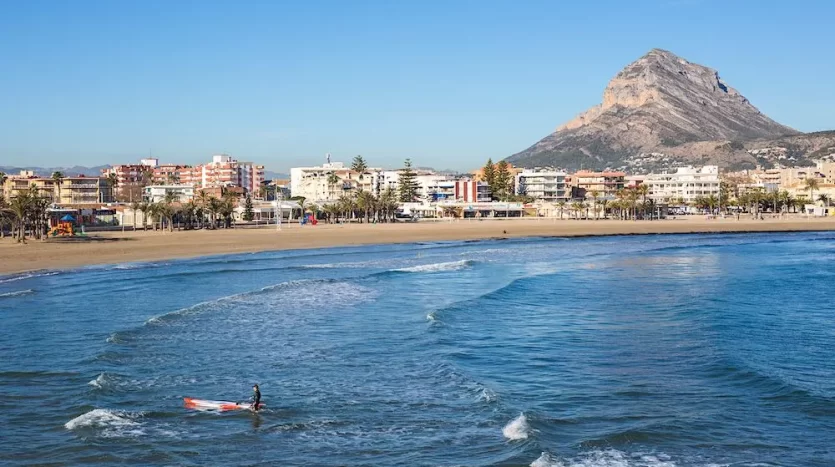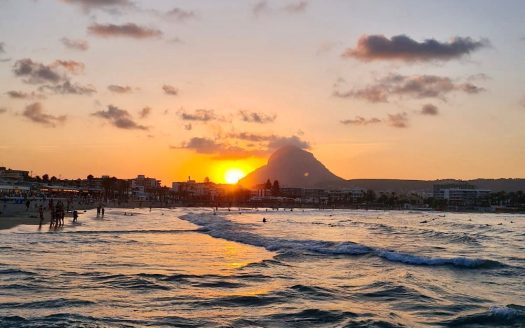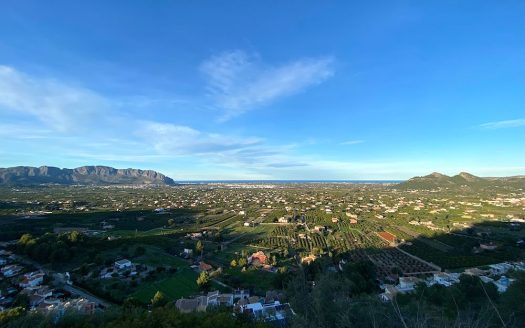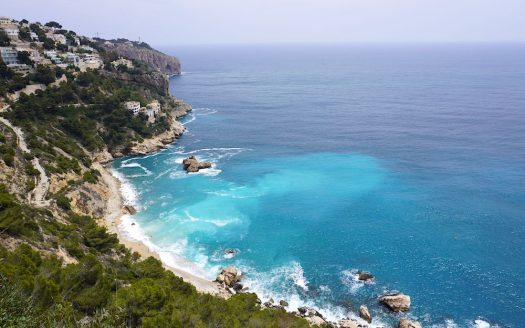Exploring the Enchanting History of Jávea on the Costa Blanca
Introduction:
Nestled along the picturesque coastline of the Costa Blanca in Spain, the charming town of Jávea offers a rich tapestry of history, culture, and natural beauty. With its roots dating back thousands of years, Jávea has witnessed the rise and fall of ancient civilizations, leaving behind a legacy that continues to captivate visitors today. In this article, we will embark on a journey through time, unraveling the fascinating history of Jávea and uncovering the secrets of its past.
- Ancient Origins:
Jávea’s history can be traced back to the prehistoric era, with evidence of human settlements dating back to the Paleolithic period. Archaeological discoveries such as cave paintings and tools provide insights into the lives of the earliest inhabitants of the region. Over time, Phoenicians, Greeks, and Carthaginians established trading posts along the coast, contributing to the region’s cultural and economic development.
- Roman Influence:
During the Roman era, Jávea, known as “Amanecer,” flourished as a bustling port city. The Romans recognized the strategic importance of the area and established a network of roads, villas, and infrastructure. Remnants of Roman settlements, including fish-salting factories and thermal baths, have been unearthed, showcasing the advanced civilization that once thrived in Jávea.
- Moorish Rule:
In the 8th century, the Moors arrived in the Iberian Peninsula, and Jávea fell under their rule for several centuries. The town was renamed “Xabia,” and the Moors left their mark on the architecture, agriculture, and cultural practices of the region. Terraced fields, irrigation systems, and traditional farming techniques introduced by the Moors are still visible in Jávea’s landscape today.
- The Reconquista and Christian Influence:
In the 13th century, Jávea was conquered by Christian forces during the Reconquista, a period of Christian reclamation of the Iberian Peninsula. The town became a part of the Kingdom of Valencia and experienced significant growth under Christian rule. The construction of the Church of San Bartolomé, with its distinctive Gothic style, stands as a testament to this era.
- Coastal Defense and Pirate Attacks:
Throughout its history, Jávea was subject to pirate attacks due to its vulnerable coastal location. To counter these threats, defensive towers and fortifications were built along the coastline. The iconic Sant Antoni watchtower, constructed in the 16th century, remains as a symbol of the town’s resilience and served as a vital lookout point against pirate raids.
- Modern Development and Tourism:
In the 20th century, Jávea witnessed significant development and emerged as a popular tourist destination. The town’s natural beauty, pristine beaches, and Mediterranean climate attracted visitors from around the world. While tourism has brought economic prosperity, Jávea has managed to preserve its historic charm and character, maintaining a delicate balance between modernity and tradition.
Conclusion:
Jávea on the Costa Blanca is a treasure trove of history, where ancient civilizations have left an indelible mark on its cultural heritage. From its prehistoric origins to Roman and Moorish rule, Jávea’s past is reflected in its architecture, traditions, and captivating stories. As visitors explore this enchanting coastal town, they can immerse themselves in a journey through time, discovering the layers of history that have shaped Jávea into the captivating destination it is today.





